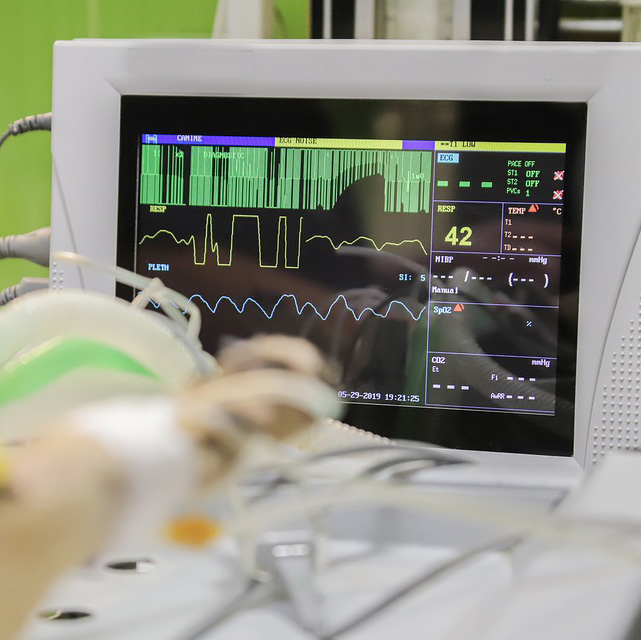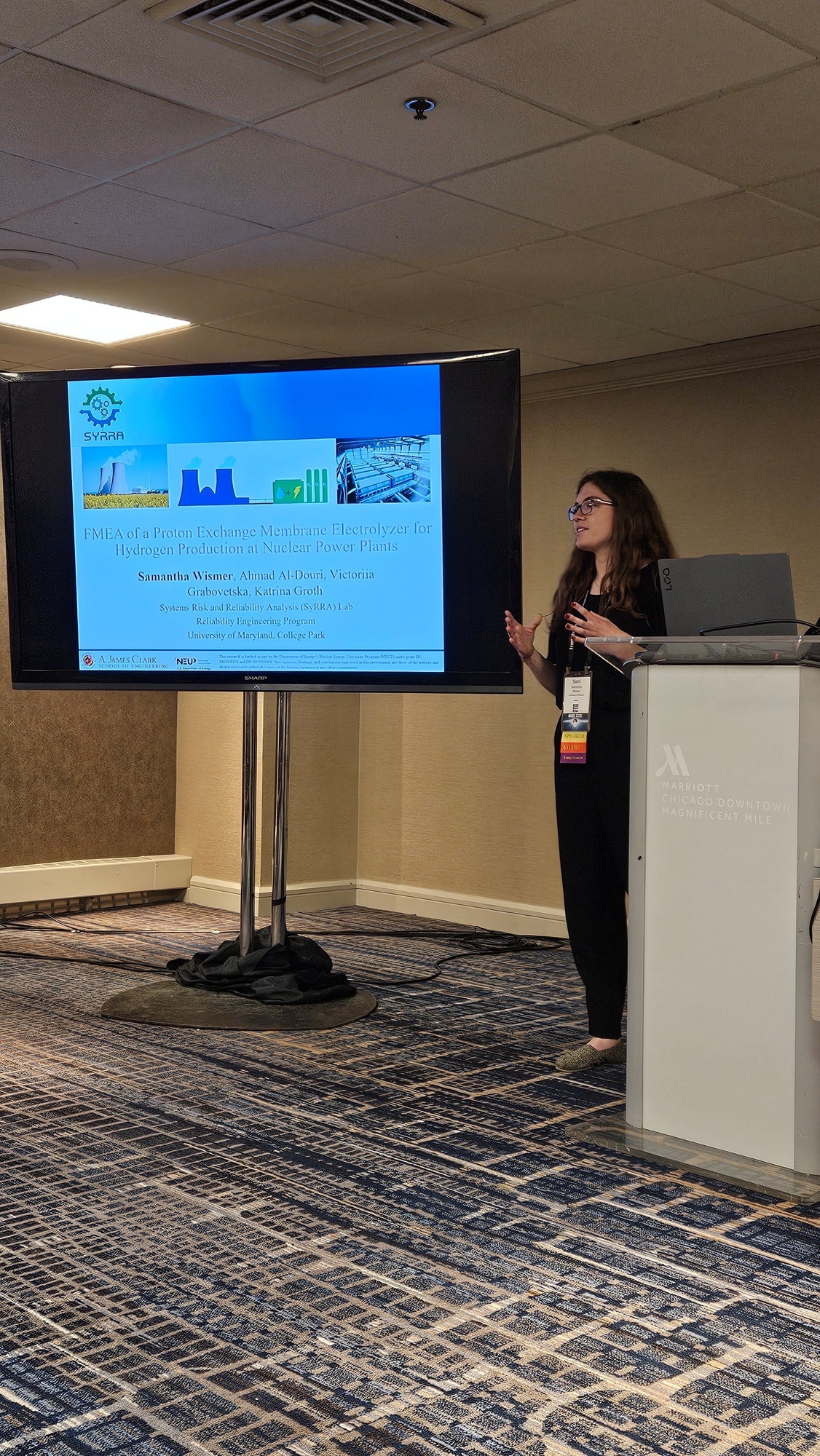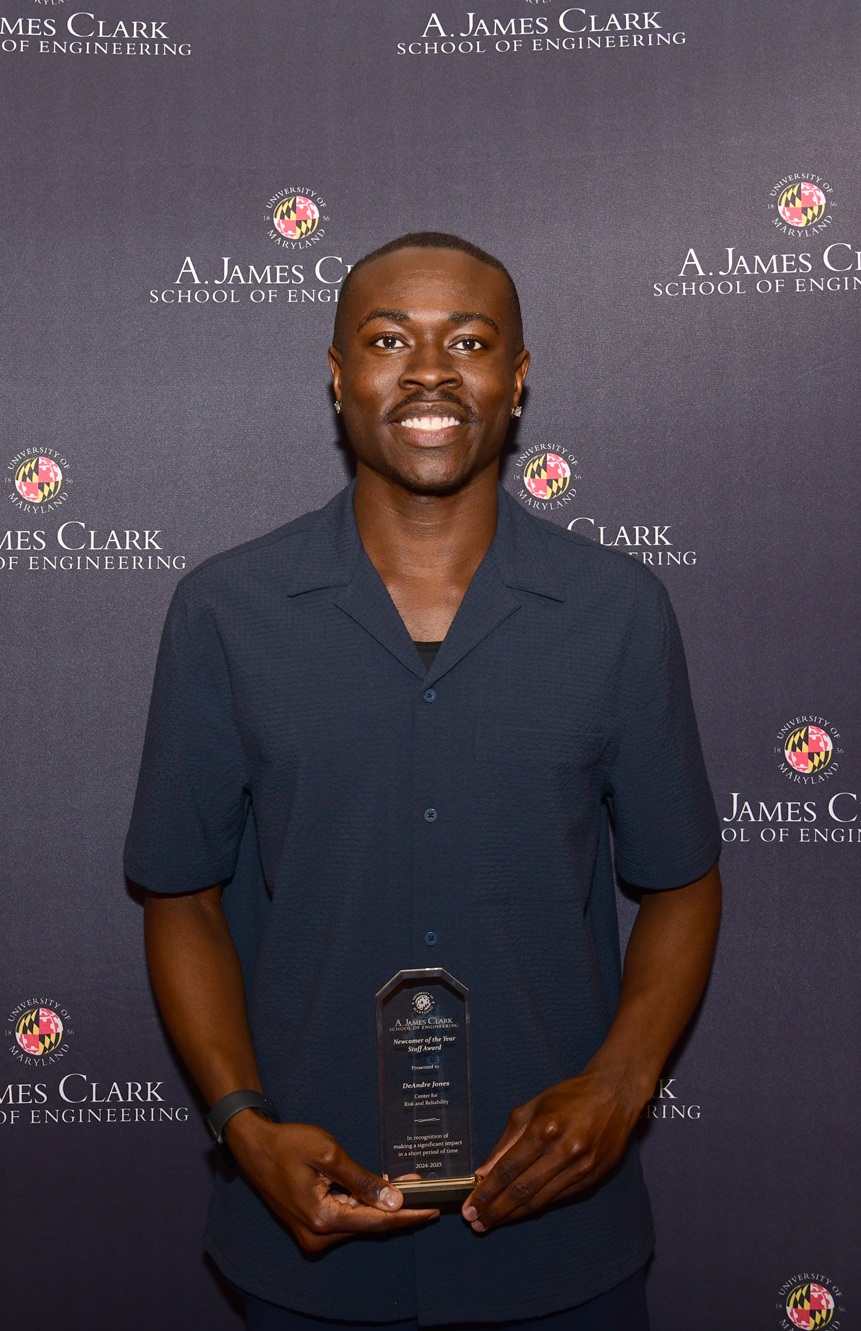News Story
Predicting the response time and survival for cardiac arrest events

Recently graduated Reliability Engineering doctoral student Greg Lancaster and Professor Jeffrey Herrmann collaborated in a research study in which they developed a computer simulation model to predict the response time and survival impact of a sample of novel cardiac arrest response systems.
Dr. Lancaster and Professor Herrmann used a method that involved developing a model which applies a Monte Carlo approach to simulate the response time and predict survival for cardiac arrest events within a specific region. They used the model to compare the performance of 4 different novel response systems, along with simulated EMS performance, in Bellevue, Washington. They estimated the 10 year cost for each system, which was utilized together with the system performance predictions in a cost-benefit analysis.
The project's results showed that the best performing systems in the simulation were a mobile responder system capable of providing both CPR and defibrillation, similar to the PulsePoint verified responder program, as well as a drone AED delivery system with bystander application. Both systems showed an incremental improvement in survival of 10% over the simulated EMS survival. The systems that provided the best cost-benefit ratio were the mobile responder system providing only CPR (PulsePoint Respond) and drone systems with bystander application.
To learn more about this innovative research, click here.
Published December 7, 2021









